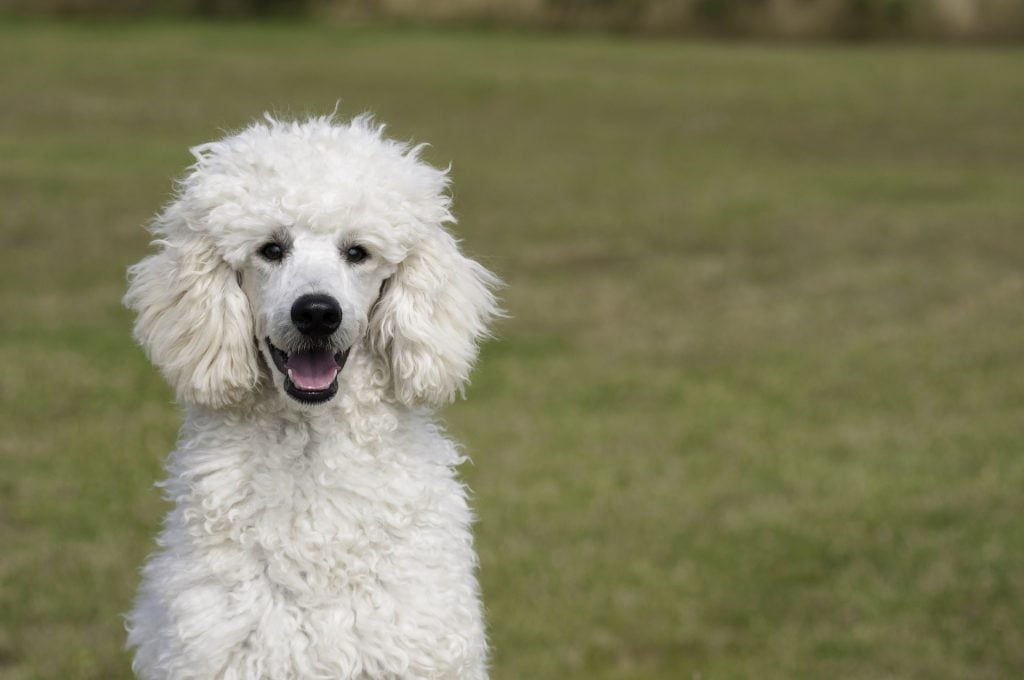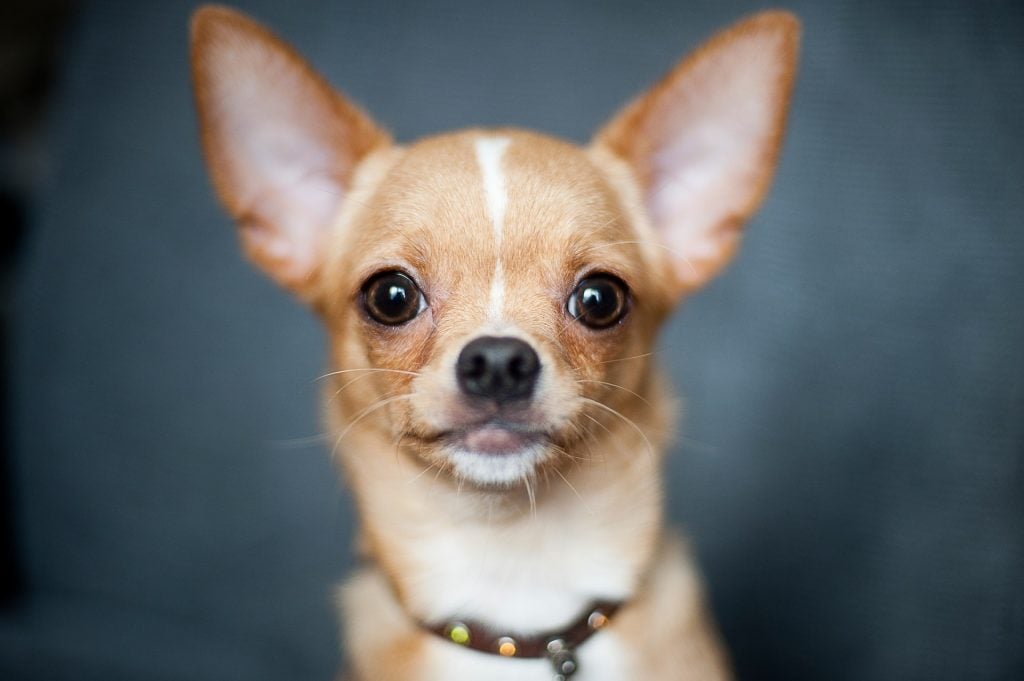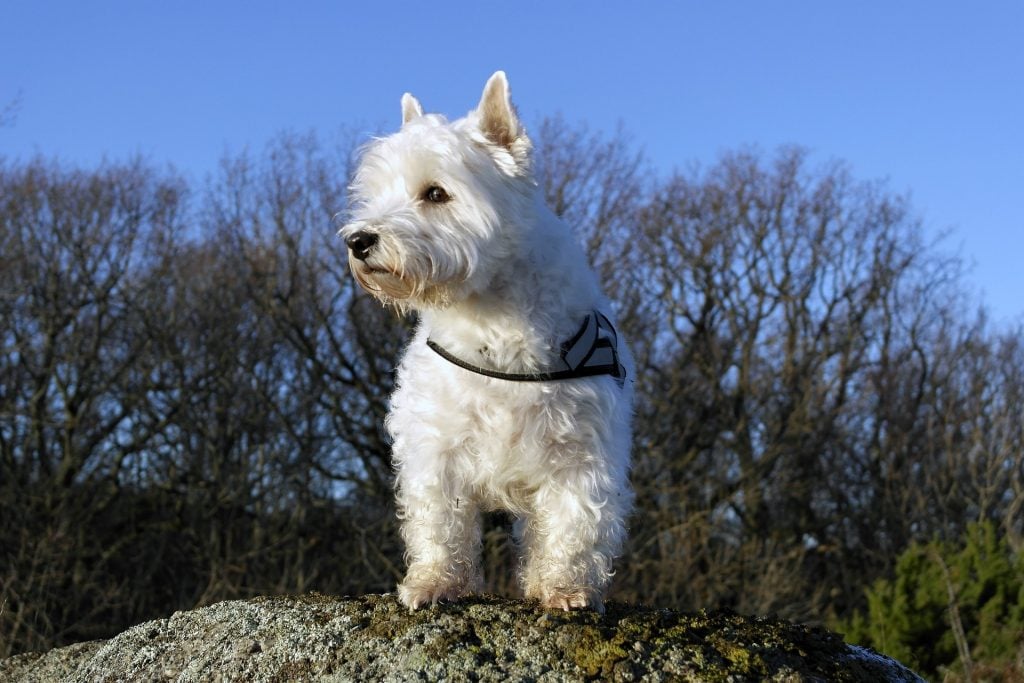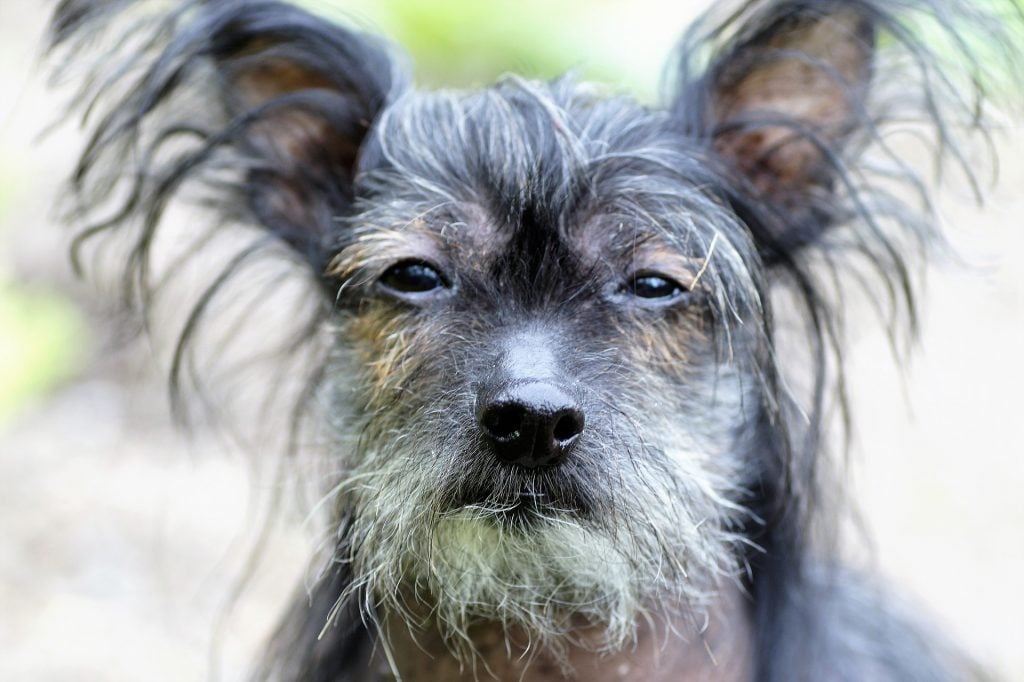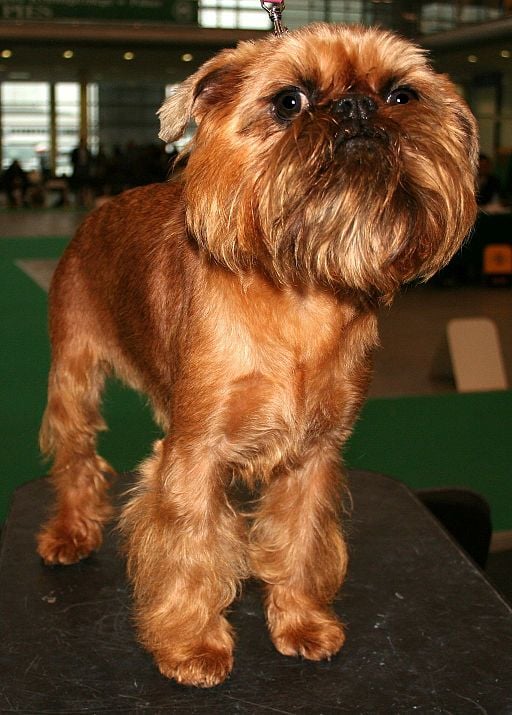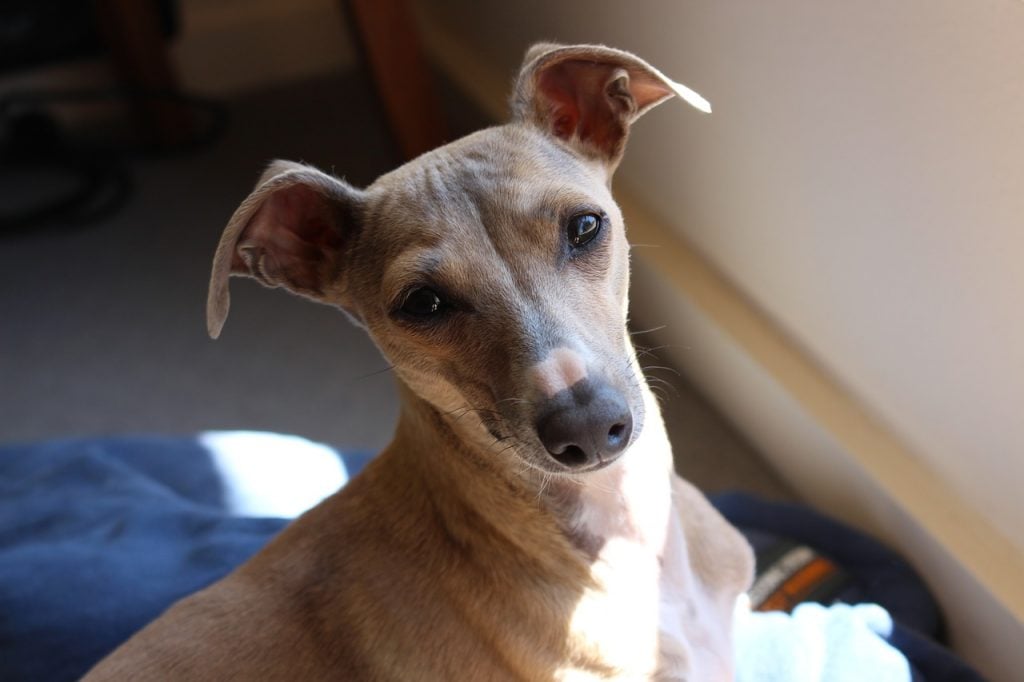When it comes to the world of dogs, who doesn’t want a loveable companion? Unfortunately, sometimes annoying allergies get in the way; somewhere between 10 and 20 percent of people are allergic to pets. Dogs that shed less can help with this problem, but then again, many non-shedding dogs require quite a bit of regular trimming and brushing. We considered all these factors when rounding up this list of truly low-maintenance dog breeds ready for some snuggles.
What about hypoallergenic dogs?
Many people think that getting a non-shedding dog will solve their allergy problems. Turns out that it’s not so simple. It’s not the fur that people are allergic to, but a protein in a dog’s saliva and urine that ends up as dried flakes on a dog’s skin.
So, no dog is truly hypoallergenic, even if they’re touted as such. Dr. James T.C. Li of the Mayo Clinic writes, “because these dogs don’t shed, the allergy-causing dander that sticks to their fur doesn’t get released into the air or onto the floor as much as it would with a shedding dog.” He clarifies, however, that “while you may have fewer allergy symptoms … than with a shedding dog, no dog breed is hypoallergenic.”
Meet the Top Low-Maintenance Dog Breeds
1. Poodle
Whether standard, toy or miniature, poodles have been a popular breed for decades. They’re immediately recognizable by their iconic haircut (in film and real life), but certainly, poodles look adorable with a natural cut too. Poodles hardly shed and are known for being practically odorless. Pair that with high intelligence and the sophistication only a poodle can have, and you’ve got yourself a perfect pooch.
2. Chihuahua
Chihuahuas are the smallest of all purebred dogs—but with a big attitude. They are enthusiastic and tend to have a lot of energy. Due to their petite frames, Chihuahuas make great lap and apartment dogs. The short-haired varieties (sometimes referred to as a smooth coat) don’t shed much, making allergy sufferers happy.
3. West Highland White Terrier
This is what we call a scrappy angel! Westies are a small but sturdy breed, active with an attitude and fiercely loyal to their owners. With a white double-coat they do shed a little, but not much. In fact, many terrier breeds including the Maltese terrier, Tibetan terrier, Lakeland terrier, Yorkshire terrier, and the Welsh terrier are all considered hypoallergenic dogs.
4. Chinese Crested
Voted “world’s ugliest dog” for several years running in the World’s Ugliest Dog Competition, these unorthodox pups are virtually hairless, thus making them easy to be around for allergy sufferers. Chinese crested are highly affectionate, and certainly a showstopper in their own right. If completely hairless isn’t your thing, Chinese crested also come in a variety called “powder puff”.
5. Portuguese Water Dogs
The Obama’s pooches are famous for a reason: Sunny and Bo are Portuguese water dogs and absolute superstars. This mid-sized dog is a fun and energetic companion with dark, glossy and curly fur that hardly sheds. Much like the Irish water spaniel, these loveable dogs were bred to be a fisherman’s helper, so they take to water like they were born to swim.
6. Labradoodle
Like other “doodle” breeds, Labradoodles are taking the world by storm because of their friendly demeanor and familiar faces. Interestingly enough, because they are a mixed breed, they come in all sizes and colors too! A cross between a poodle and a Labrador retriever, Labradoodles tend to shed minimally, are good-natured dogs, and can make excellent family pets. Please note: due to all the Labradoodle variations, some may shed more than others.
Brussels griffons are little dogs that pack a mighty punch. With over-the-top expressive faces, you know exactly what they are thinking at any given time. They love bonding with one person at a time, but also make lovely (and funny!) additions to a family setting. The best part: they hardly shed, but do require periodic brushing and upkeep to help remove dead hair.
8. Dachshund
Bred over 300 years ago to hunt badgers, “dachshund” in German is literally translated to “badger hound”. Though dachshunds aren’t bred for hunting badgers any longer, they still love to dig! This short-statured breed makes a great apartment dog and comes in smooth, wirehaired, and longhaired variations. The wirehaired shed the least, but all three variations are known as low-shedders.
9. Greyhound
Greyhounds can run up to 45 miles an hour. In spite of being the world’s fastest dog, they have a very sweet and mellow nature. They are easily trainable and are generally friendly towards children and strangers. This makes them great apartment (and family) dogs, and due to their short, low-maintenance fur, they hardly shed at all.
While these breeds require less grooming than many, no dog is 100% low-maintenance. Luckily, it’s never been easier to find a local pet sitter or dog walker to help care for your dog when you can’t be there.

